Sumac is a tart and colorful spice used in many Middle Eastern recipes. Add flavor to marinades, sprinkle it on hummus, or make your own homemade za'atar seasoning with sumac!
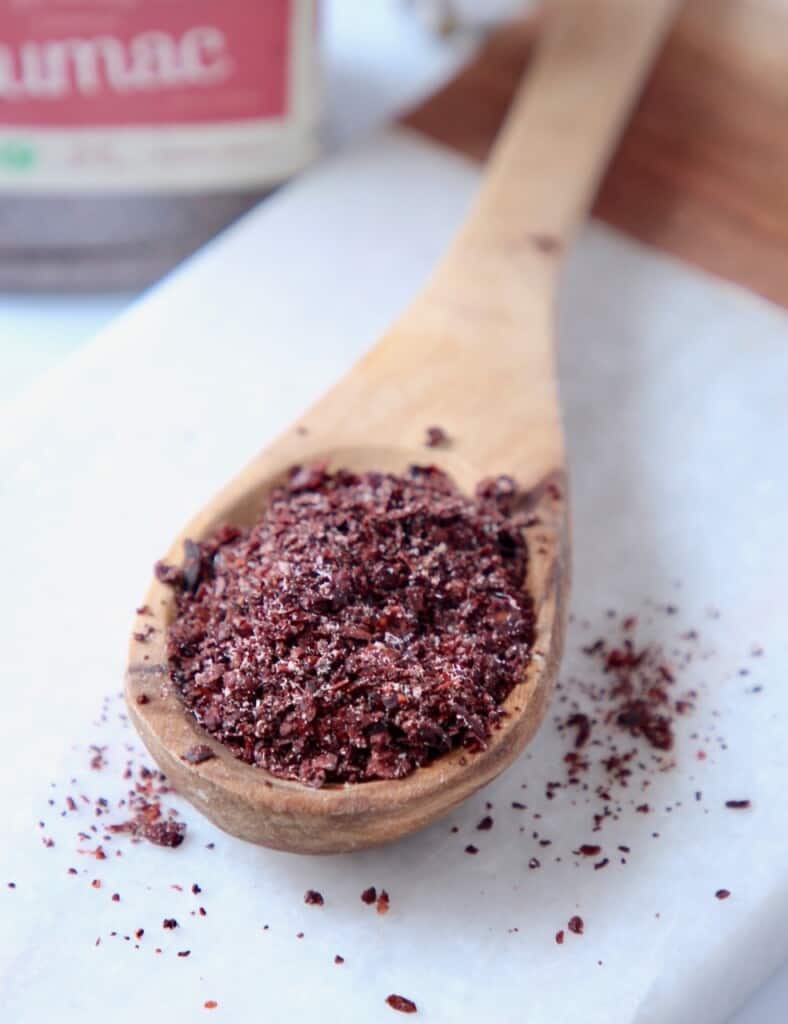
Sumac is a flowering shrub or tree that produces berries. While some sumac plants can be poisonous upon contact similar to poison oak, the type of sumac we're talking about is edible and delicious! The berries are dried and ground into a powder and used in a variety of cuisines.
Jump to:
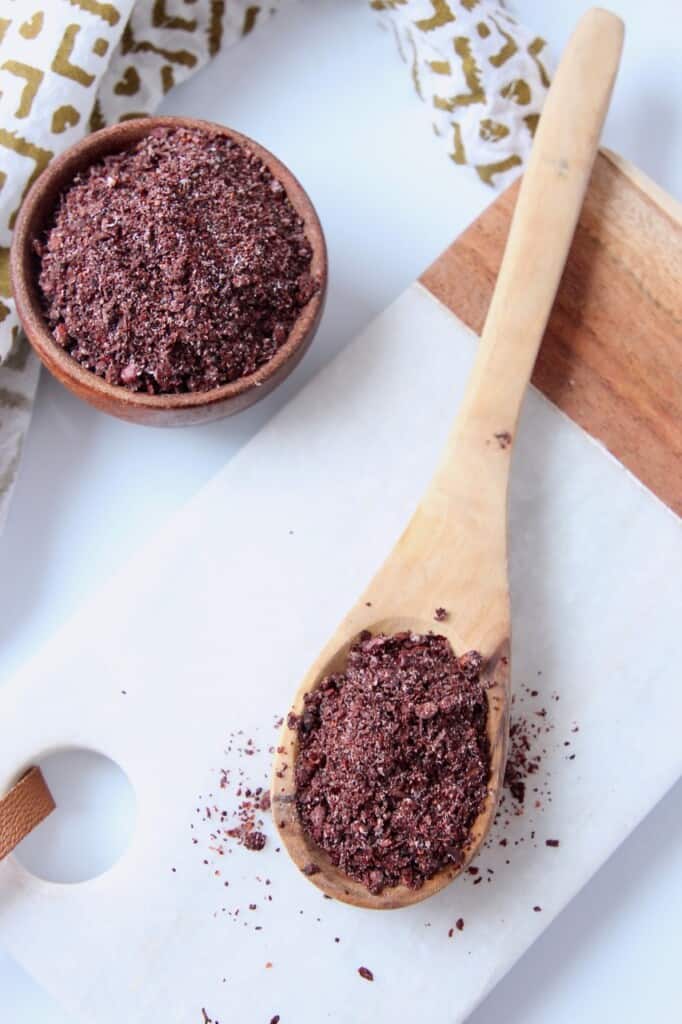
What does sumac taste and look like?
Sumac has a distinct acidic, tart flavor. It's similar to lemon but doesn't have as much of a fruity taste. The sourness however is balanced out with a slight sweetness.
The spice is a robust, deep, purple and dark red color. It's usually sold as a coarse powder.
Where does it come from?
The wild sumac plant grows in mediterranean climates. It's found in the Middle East, parts of Europe, Africa, and North America.
There are accounts of the ancient spice being used all over the Middle East, Western Europe, and North America dating back to as early as the 11th century!

How do you eat it?
The slightly sour berries can be used fresh or dried in so many ways! In addition to making your own za'atar or shawarma seasoning, here are some ideas to get you started:
- In marinades - use the spice to season beef, lamb, pork, or chicken. You can make a dry rub, or a marinade like in this recipe for Sumac Chicken.
- On hummus - sprinkle the dried spice on hummus to add a zesty flavor and beautiful color.
- For drinks - you can make Sumac-ade (think a mix between lemonade and cranberry juice). Or, start your Sunday off with a Sumac Bloody Mary!
- As an alternative to citrus - many people can't enjoy citrus due to it's acidic nature. Substitute the berries or spice for lemons or limes in your favorite recipes.
- Eat the berries - pop the berries for a sour snack, or include them in a fresh salad.
- Flavor salad dressings - add sumac to your favorite salad dressing for a burst of color and fresh citrus flavor. Try it in the dressing for this delicious Fattoush Salad recipe!
- Add color - garnish food right before serving with a dust of dried sumac. The gorgeous hue is perfect for adding that WOW factor to dips, veggies, salads, or meat. You'll see it pictured above sprinkled on a delicious Chicken Shawarma Salad!
How to store it
Keep dried sumac in an airtight container in a dark, cool place like the pantry. It will keep for up to 2 years, but as the spice is exposed to heat, light and air, the flavors will begin to dull.
Where to buy it
You can find the ground dried berries in most grocery stores these days. Check the spice aisle at your local store, Middle Eastern markets, or even World Market. You can also order the ground sumac that you see pictured throughout this post on Amazon.
Easy substitutes for sumac
If you're in a pinch and don't have any ground sumac, there are some alternatives. Lemon juice, lemon zest, and lemon pepper are popular substitutes. You can also use vinegar.
No matter what you choose, you may want to use a little less. Sumac tends to have a milder flavor than lemon and vinegar.
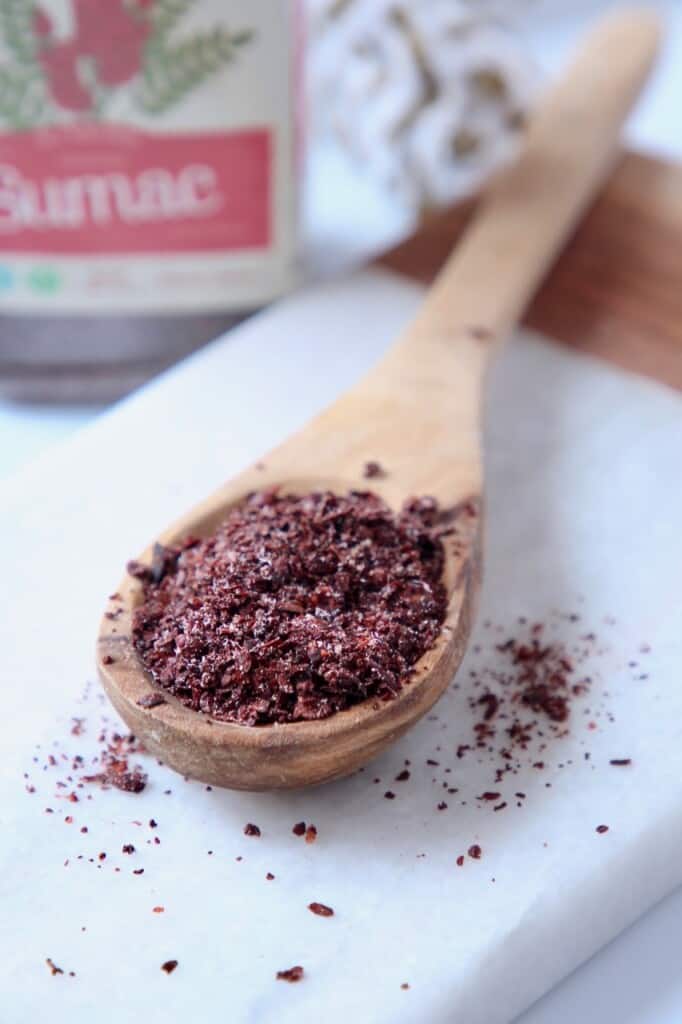
Health benefits
In addition to being extremely tasty and beautiful, sumac has wonderful health benefits. Centuries ago it was used medicinally in Native American, Middle Eastern, and South Asian cultures. This is likely due to the fact that it's packed with antioxidants and vitamin C.
Additionally, some studies have shown that it can help lower blood glucose levels in patients with type 2 diabetes. Another study found evidence that it can help reduce muscle pain.
Easy recipes to make with sumac
Now that you're familiar with the vibrant spice, try using it in any of these recipes:
- Shawarma Seasoning
- Cauliflower Shawarma Bowl
- Chicken Shawarma Salad
- Za'atar Roasted Vegetable Quinoa Bowl
Learn about more of our favorite ingredients
Check out our ingredient guide, packed full of information about all of our favorite lesser-known ingredients, like harissa, coconut aminos and turmeric!




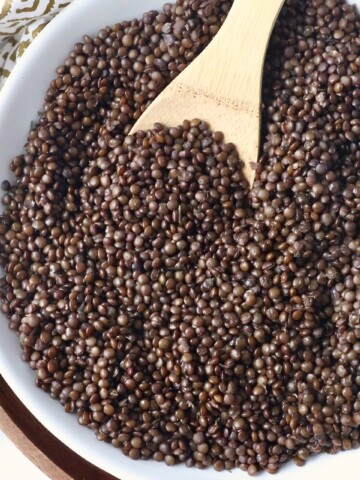
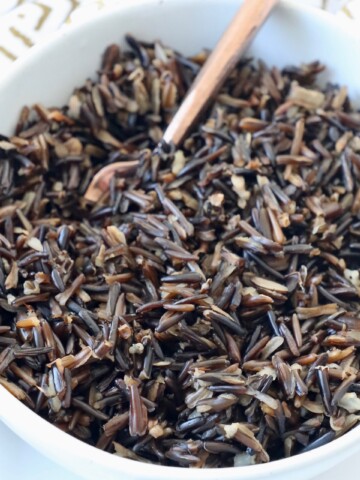
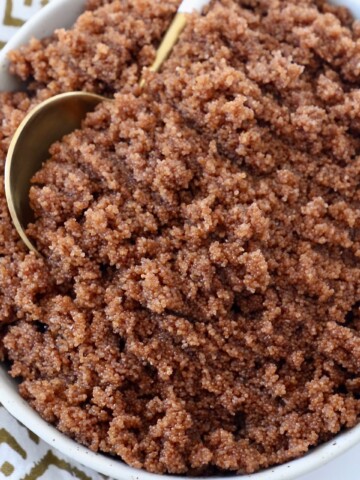
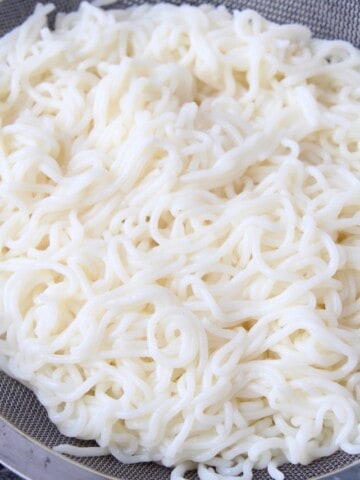
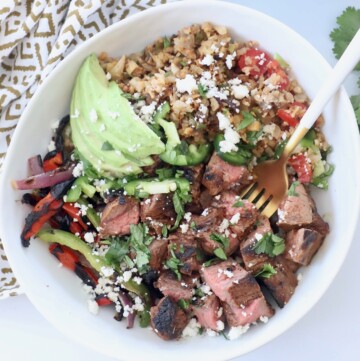
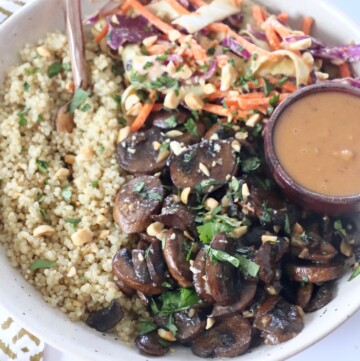

Comment Here!